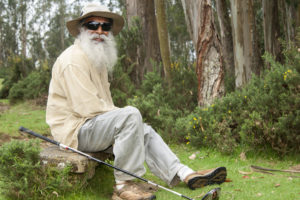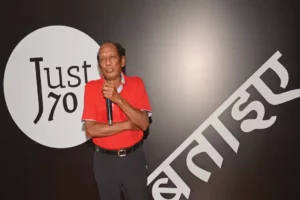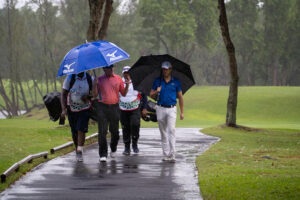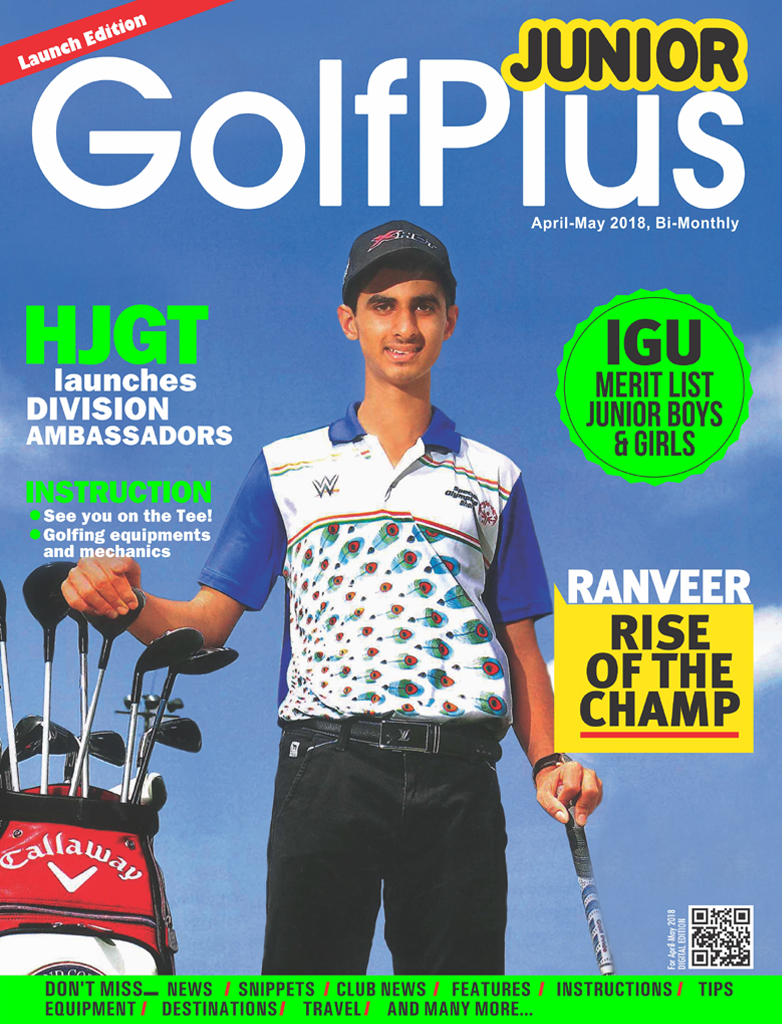Despite being the nearest thing in golf to hand-to-hand combat, mano-a-mano, head-to-head competition, match play, considered by many to be the purest form of competitive golf performed week-in, week-out by recreational players on golf courses around the world, the format has fallen out of favour with event organizers, sponsors and especially the media in preference for the more predictable format of stroke play.
 But, with 72-hole professional stroke play tournaments the world over almost every week of the year, this more tried-and-tested format has become tiresome, foreseeable and tedious, with even the Olympic Games golf tournament following suit, bucking the winner-takes-all knock-out trend of other Olympic sports such as tennis and boxing.
But, with 72-hole professional stroke play tournaments the world over almost every week of the year, this more tried-and-tested format has become tiresome, foreseeable and tedious, with even the Olympic Games golf tournament following suit, bucking the winner-takes-all knock-out trend of other Olympic sports such as tennis and boxing.
Back in the day, when your Bunker Mentality correspondent was a mere slip of a lad, other than the Open Championship, the highlight of the golfing year was the World Match Play Championship, which heralded the arrival of autumn and signaled the beginning of the end of the golf season.
Staged at the world-famous Wentworth Club near London, the World Match Play Championship, the brainchild of the late Mark H McCormack, which he used – some might say ‘exploited’ – as a vehicle for small stable of world-class players, media interests, premium sponsors and event organizers, the early business model that is today International Management Group (IMG), the most dominant force in global sport.
Played in early October on the infamous Burma Road, Wentworth’s renowned West Course, redolent with early-morning mist, dew on the greens and a riot of autumnal colours on the trees, McCormack’s World Match Play Championship was THE business, a sporting institution, an occasion as much as an event, live on TV in the free-to-air era, compulsive viewing as the best in the business went head-to-head, winner-takes-all, no second chances.
Launched in 1964, the late, great Arnold Palmer lifted the inaugural crown 2&1 against home favourite Neil Coles, earning the £5,000 first prize out of a total purse of £16,000, Arnie, Gary Player and Jack Nicklaus – the BIG three – sharing seven of the first eight titles, as sponsors such as Rolex, Piccadilly, Toyota, Colgate and even Japanese ‘Scotch’ whisky brand Suntory queued-up, as did 10-000-plus galleries each and every day to witness the unfolding drama of raw, competitive match play golf.
Avoiding a self-indulgent stroll down memory lane, the World Match Play Championship was the best in the business, appealing to – and being won by – the best in the business, its roll-of-honour including Seve Ballesteros, Greg Norman, Nick Faldo, Sandy Lyle, Vijay Singh, Ian Woosnam, all ‘Major’ champions, one man, Ernie Els, a resident on the Wentworth estate taking the title on no fewer than seven occasions, a veritable. ‘Who’s Who’ of men’s professional golf.
Not even a ranking event on the European Tour or Official World Golf Ranking (OWGR) until 2004, the stars still came out to play, but by the time HSBC took over as title sponsor from tech giant Cisco in 2003, the jewel in McCormack’s crown had begun to lose some of its lustre.
Much of the top talent preferred to remain stateside, playing stroke play event after stroke play event, all for the mega-bucks on offer on home US soil, England’s Paul Casey becoming the winner of golf’s first-ever £1m first prize when he destroyed 2003 USPGA Championship winner Shaun Micheel 10 & 8.
And therein lay the beginning of the end of top-class match play golf; broadcasters left with hours of airtime to fill following an untimely victory just after half-time, TV executives preferring the near-certainty of a timely conclusion to each day’s play, notwithstanding the extended – and equally unpredictable – airtime required for a sudden-death stroke play play-off.
Having arrived with a bang, McCormack’s match play, now in enforced hibernation but still owned and managed by his IMG empire long after his untimely death in 2003, went out with a whimper, failing to take place at all in 2008 and 2010 under Volvo’s title sponsorship, the event that had Wentworth in its DNA shunted around unlikely destinations like Bulgaria, less-than-stellar champions such as Ross Fisher, Nicholas Colsaerts and Mikko Ilonen claiming a crown once the exclusive preserve, not of capable journeymen professionals, but the world’s finest golfers, aristocracy and royalty indeed.
The event’s ultimate demise in 2014, by which time it had, ironically, returned to south east England, to the London Club was long overdue, overshadowed by the WGC Match Play on the PGA TOUR, the fact that Tiger Woods only played the Wentworth event once in his career, in 2006, and only then when offered an appearance fee from his then IMG agents worth more than the first prize itself, telling its own tale on an event in terminal decline.
McCormack’s match play wasn’t helped by the arrival of the rival WGC Match Play in 1999; one of four big money WGC events – the prize fund for the inaugural event was US$5m, of which the champion Jeff Maggart earned US$1m and now offers a US$10m purse with 2018 champion Bubba Watson winning US$1.7m – even this version of golf’s hand-to-hand combat has failed to capture the imagination of the players, venues, of which it has had seven to date, including an Australian sojourn in 2001,TV executives and their audiences.
Originally a straight knock-out format, where one bad day at the office could see any one of the top 64 players on the OWGR eligible to play heading home after day-one, more recent incarnations, since 2015 and including this year’s event in Austin, Texas, have seen round-robin groups created, padding, to ensure each player at least three matches, members of the media still unhappy given the number of meaningless final group games where one or both players had failed to qualify for the knock-out stage.
As with most WGC events, Tiger Woods was the biggest beneficiary, winning the event on three occasions after losing to Darren Clarke on debut in the event in 2000, but at least, unlike the later versions of McCormack’s match play, the cream invariably came to the top, Matt Kuchar, Dustin Johnson, Rory McIlroy and Jason Day (twice) getting their name – and hands – on the distinctive pale blue and gold ceramic trophy.
The LPGA Tour has flirted with match play tournaments, the HSBC Women’s World Match Play Championship lasted just three years, between 2005 to 2007, replaced by the Sybase Match Play Championship, which lasted just three years also, whilst the Asian Tour’s only flirtation with what many consider to be the purest form of the game being the team-based Eurasia Cup.
And that’s the idiosyncrasy of professional golf’s relationship with the head-to-head format; it’s the format of choice for some of the most thrilling and iconic events in world golf, such as the Ryder Cup, the President’s Cup and the Solheim Cup, all match play formats, which create high drama, raw emotion and electrifying competition, without exception.
But when golf was admitted back into the Olympic family for Rio 2016, and once again for Tokyo 2020, golf’s hierarchy eschewed the natural format of sports in the so-called, ‘Greatest show on earth,’ opting instead for the standard 72-stroke play format, reverting to type with the staple diet of professional circuits all around the world.
But why, when other Olympic sports such as tennis and boxing can cope with the defeat of any of its marquee names, such as Roger Federer and Amir Khan before the final, why can’t golf, just once every four years and on the greatest global stage of all, replicate the drama of the Ryder Cup with knock-out competition, mano-a-mano with something that little bit different, and in the tradition not only of the Olympic Games, but the game of golf itself?
Must match play golf always be consigned to the margins, just to suit players, event organizers and members of the media, or does the viewing public, on course and on TV deserve something more imaginative?
By Michael Wilson









